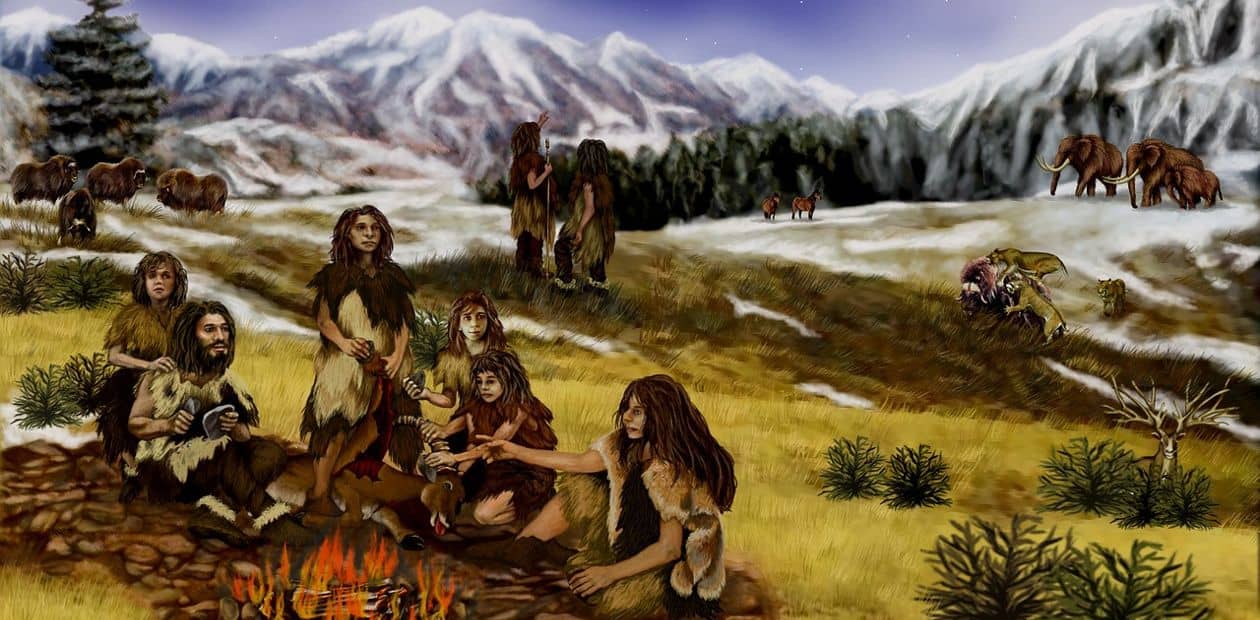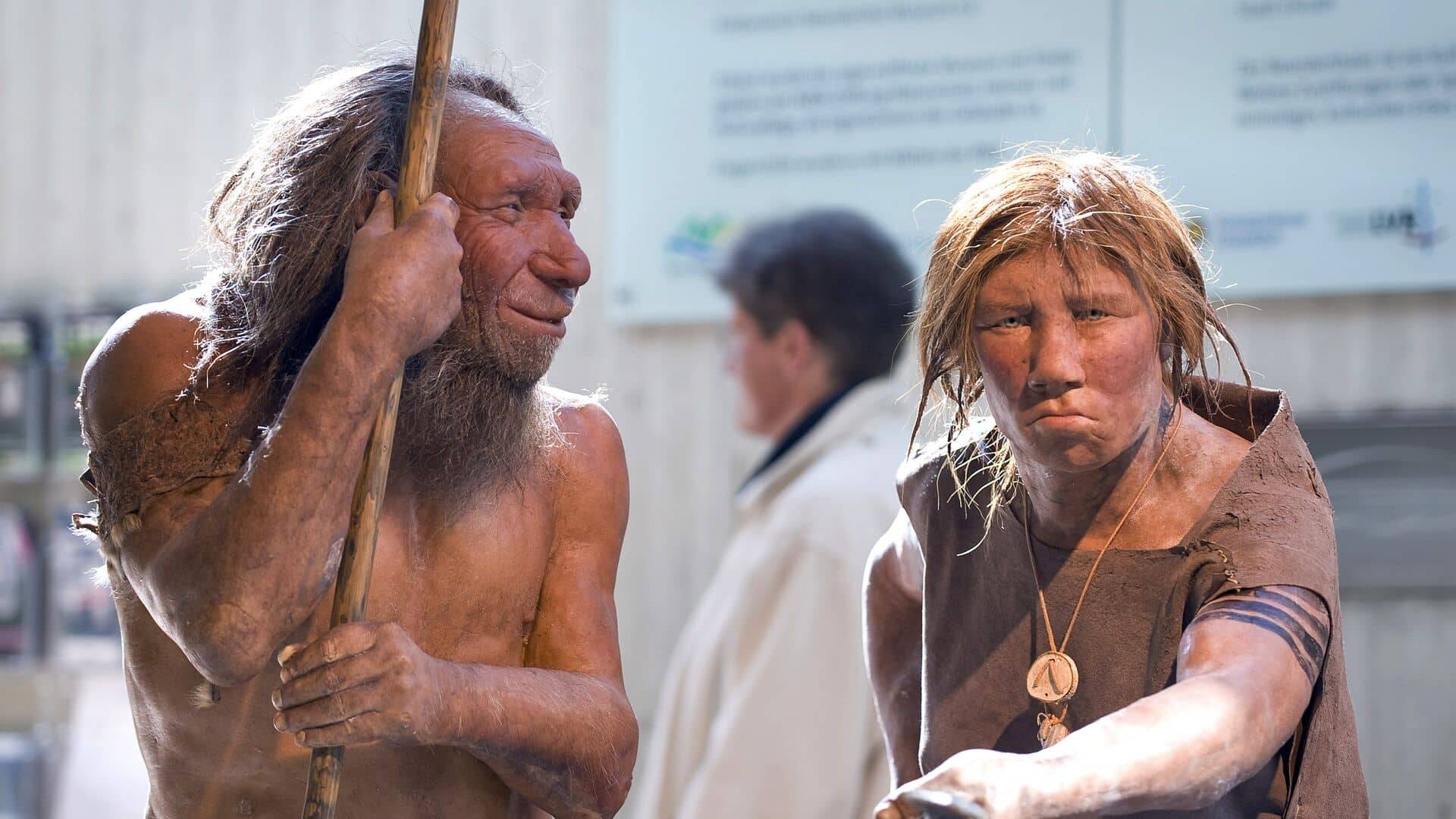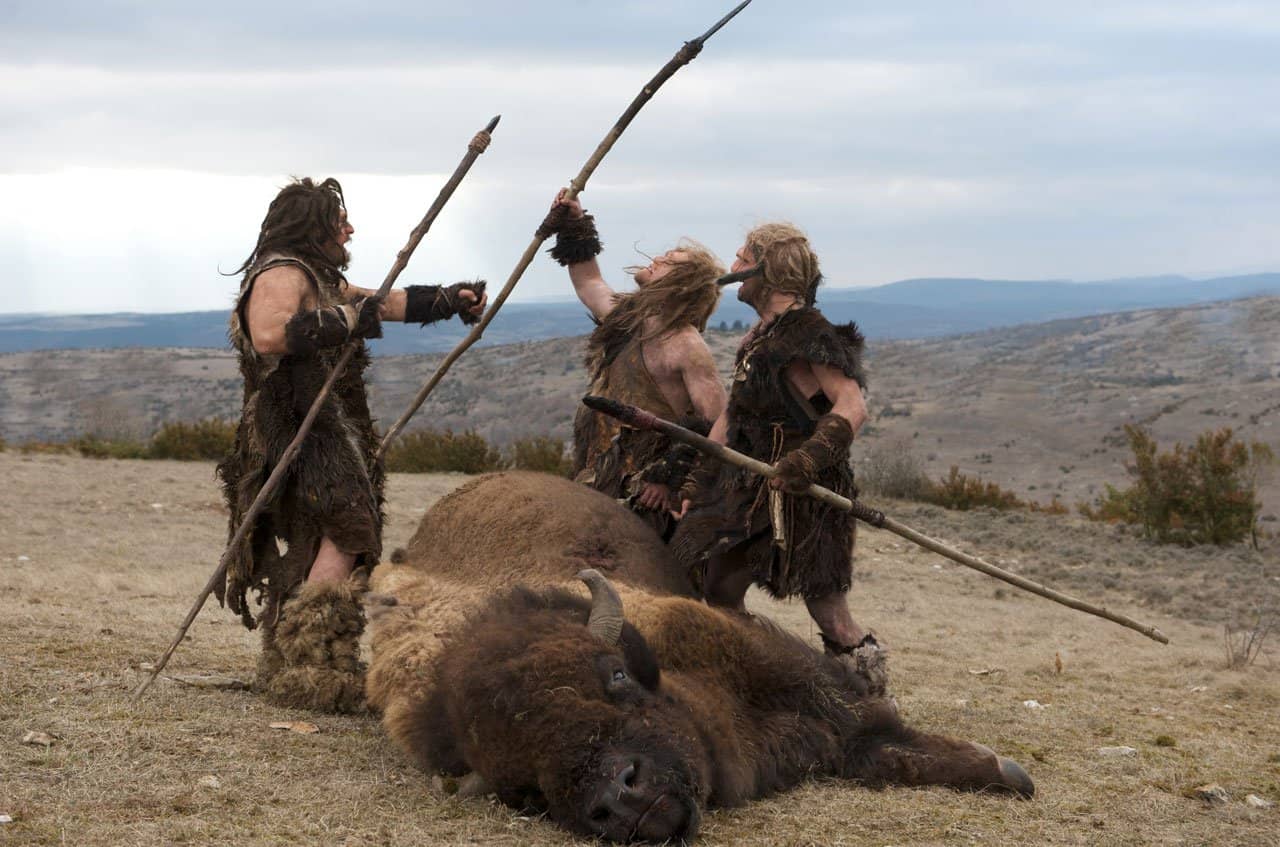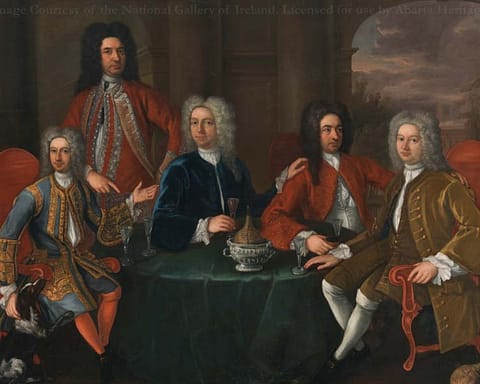
From 1 to 4% of genes in modern humans are inherited from Neanderthals. Neanderthals were not direct ancestors of modern humans, but a separate subspecies of humans that lived in Europe and Central Asia for tens of thousands of years. The oldest remains of Neanderthals found by archaeologists date back to 500,000 years ago, while the most recent ones are around 40,000 years old. Neanderthals were a dead-end branch of humanity and became extinct around 40,000 years ago. The emergence of Cro-Magnons, who came from Africa and eventually displaced Neanderthals, accelerated their extinction. Cro-Magnons arrived approximately 50-60 thousand years ago and became the ancestors of modern humans. It should be noted that by the time Cro-Magnons appeared, the Neanderthal population was already declining due to factors such as global cooling, reduced food availability, and internal demographic issues.
What do we know about Neanderthals?

– The term “Neanderthal” comes from the name of the Neander Valley in Western Germany, where the skull of this ancient human was first discovered.
– Neanderthals were about 165 centimeters tall and had a robust, barrel-shaped physique. Their skulls had large brow ridges, no chin, and a wide nasal bone. The volume of their cranial cavity indicates that their brains were larger than those of modern humans, reaching 1700 cubic centimeters.
– As of 2021, archaeologists from different countries have found the remains of over six hundred Neanderthals.
– Scientists believe that Neanderthals had speech abilities and excellent vision.
– Neanderthals were the first among early humans to practice burial rituals. Archaeologists have found remains of ritual flowers on graves in present-day Iraq. Burials of relatives have also been discovered in France and Israel, although some historians remain skeptical and suggest that the pollen could have been carried by winds or bees.
– These ancient humans used fire and knew how to obtain it by striking stones. Charred bones and ashes have been found at Neanderthal sites.
– Neanderthals had an appreciation for aesthetics and understood beauty. They hunted beautiful but tasteless birds for their feathers, which they used for decoration. Shells and animal claws were also used for aesthetic purposes.
– Neanderthals were familiar with ochre, but historians are not certain about its exact use. Some scientists believe that it was used to protect the skin from blood-sucking insects, while others suggest it was used for body painting or tanning animal hides.
– Ancient stone spearheads made by Neanderthals have been found in France. They attached these spearheads to wooden shafts using plant fibers.
– Neanderthals used primitive tools in their daily lives, including hunting weapons (spears, arrows, knives), pottery, and clothing made from animal skins.

– Neanderthals possessed basic medical skills. Traces of healed fractures, injuries, realigned dislocations, and wounds treated with medicinal herbs have been found on their remains.
– Neanderthals cared not only for their offspring but also for the weak and helpless. The remains of a 60-year-old individual have been found, indicating that such an elderly person could not have survived alone during those times. Crippled individuals with injuries that prevented them from hunting and moving have also been discovered. Without care from their close ones, they would not have survived either.
– Neanderthals consumed both meat obtained from hunting and plant-based food such as berries, fruits, and mushrooms. It is believed that they did not have the knowledge of food preservation techniques.
– Barley remains found in Shanidar Cave in Iraq suggest that Neanderthals consumed cereal crops, indicating primitive agriculture.
– Neanderthals lived in small groups of 3 to 12 individuals. This was a significant competitive disadvantage compared to Cro-Magnons, who lived in larger communities, making them stronger against enemies and harsh natural conditions.
– Another factor that contributed to the extinction of Neanderthals was global cooling. Scientists claim that unlike Cro-Magnons, Neanderthals did not learn to make warm clothing.
– Archaeologists have not been able to find any remains of these hominids on the African continent.




